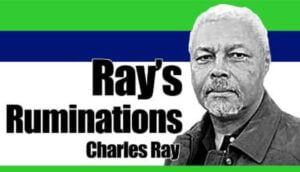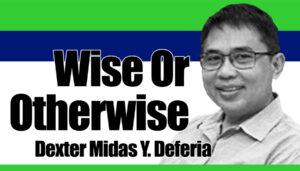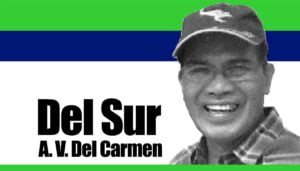
When I studied American history in school in the 50s, I was taught that the American form of government, the democratic republican form of governing, was based on Greek democracy with some influence from the English system that grew out of the Magna Carta, the charter of rights agreed to by King John of England at Runnymede on June 15, 1215.
If I was like many Americans who accept what they’re taught without question, I would probably be approaching my eighth decade of life still believing this.
Fortunately for me, and not so fortunately for the teachers who used these books in class and the state board in Texas that selects the textbooks for use in Texas schools,
I’m something of a history wonk. Since graduating from high school in 1962, I have haunted dusty archives, libraries, and web sites for historical information, and have to the conclusion that I wasn’t told the whole story.
While the Greek demos and John’s Magna Carta did in fact influence the direction the new nation took in 1776, there were other influences that, in my opinion, left an even more indelible mark on the form of government that exists in the United States that cause it to be decidedly different from other western democracies.
Our federal system, with powers divided between the central government and local (state) governments, is markedly different from the parliamentary system or highly centralized democracy in other places. One might ask where this particular, and somewhat peculiar system came from.
My research tells me that it came from very close to home.
The English settlers, the Pilgrims and Puritans in what is now New England, and those who established settlements farther south, in Virginia and Maryland, encountered Native American communities, such as the Iroquois and the Wampanoag, whose governing systems – an early form of federalism – look remarkably like the current system in the United States.
The Wampanoag, for example, under the overall leadership of Massasoit Ousamequin, who is incorrectly called Massasoit by whites (Massasoit is the Wampanoag title that means ‘the highest chief that speaks on behalf’), were the tribe that features in what is known as the first Thanksgiving feast. Even that is misinterpreted by the history we were taught, but more on that later.
The Wampanoag occupied the land that is now southern Massachusetts and eastern Rhode Island in scattered settlements under the leadership of local chiefs, or sachems, who saw to the settlement’s daily needs. Over this was a paramount sachem, or chief, who took care of foreign affairs – relations with other tribes or with the newly-arriving whites – and trade. This is suspiciously similar to the current U.S. federal system. In addition, the Iroquois also had a similar system which had several tribes joined in a loose confederation.
All this has led me to conclude that our federal system is based as much on the Native American system as the European system – in fact, quite a bit more.
The Wampanoag and other tribes along the eastern seaboard had suffered at the hands of the European arrivals who would sometimes capture locals and sell them into slavery or train them to act as interpreters for future voyages.
With this history in mind, when the Pilgrims arrived, Ousamequen (I’ll use his correct name) did not make immediate contact.
He kept them under observation for six months before reaching out. When he finally did, he concluded an agreement with them in return for their support against his enemies, the Narragansetts, and to bolster his position among the Wampanoag.
Now, let’s talk about that first Thanksgiving. It’s popularly portrayed as the Pilgrims inviting their Indian friends to a feast to celebrate their first good harvest which had been made possible by the knowledge imparted to them by the Indians.
What actually happened is that Ousamequen and a band of 90 warriors, hearing gunfire from the Pilgrim settlement, which was actually the settlers firing their muskets in the air to celebrate the harvest, thought the settlement was under attack, and were rushing to its defense. Upon finding there was no attack, they were invited to stay for dinner. At the time, neither group gave much significance to this first ‘state dinner,’ although it did strengthen their relationship for a time.
That relationship, however, did not last. As the European settler population continued to grow and eventually outnumbered the indigenous people, they began pushing the locals off their land, making war on them and finally consigning them to marginal land.
And that, my friends, is a reality check. – NWI




